<< Previous | Displaying results 3901-3950 of 6769 for "" | Next >>
During the Holocaust, Jews were forced into ghettos with terrible living conditions, overcrowding, and starvation. Learn more about life in the Lodz ghetto.
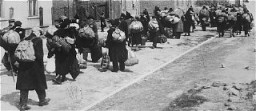
Learn more about Nazi mobile killing squads (Einsatzgruppen) killing activities in the Soviet Union during World War II.
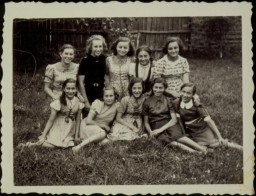
The Wannsee Conference was a high-level meeting of Nazi Party and German State officials to coordinate “the Final Solution of the Jewish Question.” Learn more.
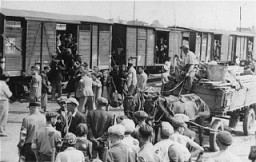
The Nazis established killing centers in German-occupied Europe to mass murder Jews. Learn more about what happened to Jewish people at these killing centers.
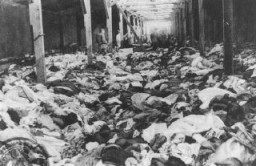
As part of the “Final Solution,” Nazi Germany organized systematic deportations of Jews from across Europe to ghettos and killing centers. Read more.
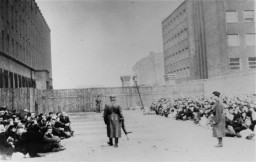
Auschwitz was the largest camp established by the Germans. It was a complex of camps, including a concentration camp, killing center, and forced-labor camp.
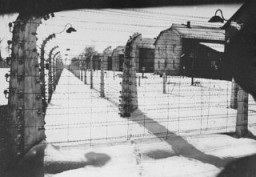
Most prisoners in the early Nazi camp system were political opponents of the regime. The system would grow to include other types of camps, including killing centers.
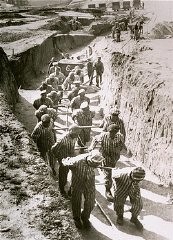
Trials of top surviving German leaders for Nazi Germany’s crimes began in Nuremberg after World War II. Read about the Nuremberg trials.
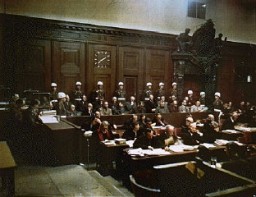
The first major Nazi camp was liberated by Allied troops in July, 1944. Learn more about liberation of camps towards the end of World War II.
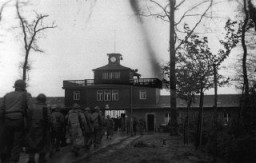
Jews were the main target of Nazi hatred. Other individuals and groups considered "undesirable" and "enemies of the state" were also persecuted.
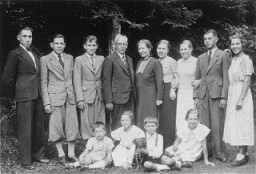
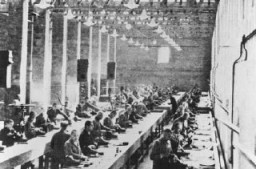
Near the end of WWII, the Germans began marching prisoners out of camps and away from the front. Read more about the brutal conditions of these death marches.
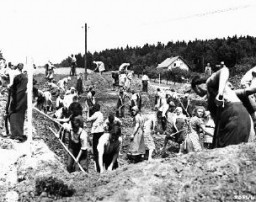
Survivors faced huge obstacles in rebuilding their lives after the devastation of the Holocaust years. Learn about some of the challenges they faced.
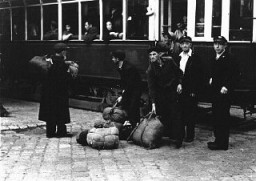
While some European Jews survived the Holocaust by hiding or escaping, others were rescued by non-Jews. Learn more about these acts of resistance.
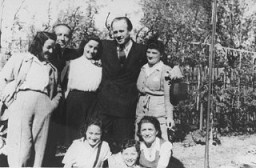
The Danish resistance movement, assisted by many ordinary citizens, coordinated the flight of some 7,200 Jews to safety in nearby neutral Sweden. Learn more about rescue in Denmark.
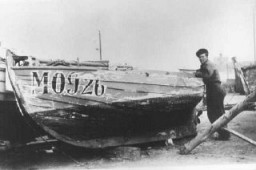
Some Jews who managed to escape from ghettos and camps formed their own fighting, or partisan, units during World War II. Learn about life as a partisan.
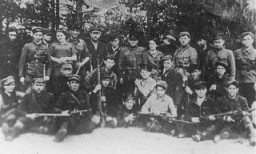
The Warsaw ghetto uprising was the largest uprising by Jews during World War II. 100s of ghetto fighters fought heavily armed and well-trained Germans for nearly a month.

Under the most adverse conditions, prisoners initiated revolts in killing centers. Learn more about prisoner uprisings in Treblinka, Sobibor, and Auschwitz.
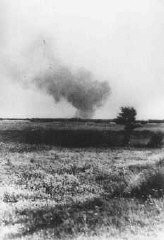
The War Refugee Board was formed in 1944 by executive order under President Roosevelt. It was tasked with the rescue and relief of victims of Nazi oppression.
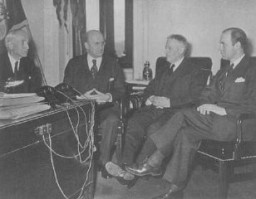
Some individuals and groups in Germany attempted to resist Nazism, despite the risk of being caught and facing punishment. Learn more about their efforts.
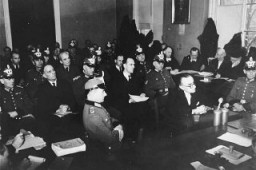
Jews were the main targets of Nazi genocide. Learn about other individuals from a broad range of backgrounds who were imprisoned in the Nazi camp system.
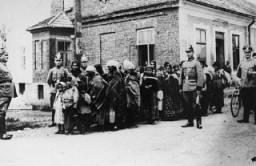
Explore a timeline of the history of the Ravensbrück camp in the Nazi camp system from its establishment in 1938 until the last of the Ravensbrück trials in 1966.
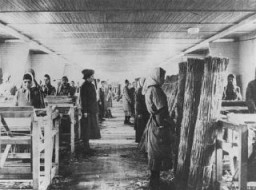
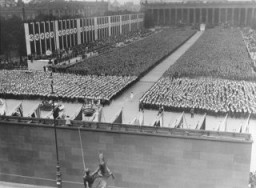
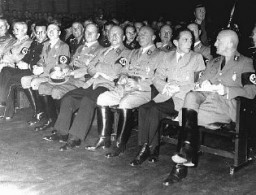
Explore a timeline of key events in the history of Nazi Germany during 1938.
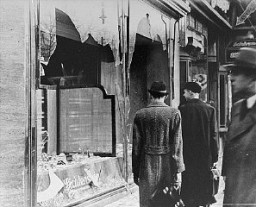
Explore a timeline of key events during 1939 in the history of Nazi Germany, World War II, and the Holocaust.
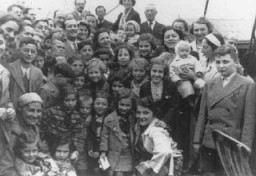
Explore a timeline of key events during 1941 in the history of Nazi Germany, World War II, and the Holocaust.
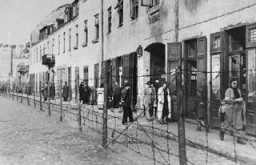
Explore a timeline of key events during 1942 in the history of Nazi Germany, World War II, and the Holocaust.
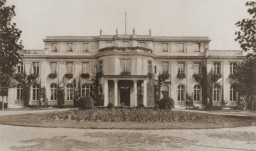
Explore a timeline of key events during 1940 in the history of Nazi Germany, World War II, and the Holocaust.
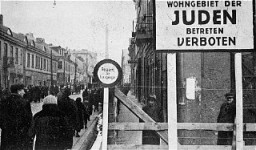
Explore a timeline of key events during 1943 in the history of Nazi Germany, World War II, and the Holocaust.
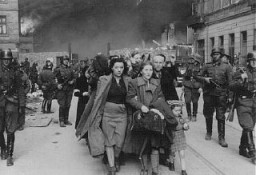
Explore a timeline of key events during 1944 in the history of Nazi Germany, World War II, and the Holocaust.
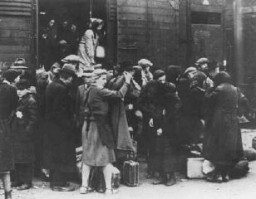
Explore a timeline of key events during 1945 in the history of Nazi Germany, World War II, the Holocaust, and liberation and the aftermath of the Holocaust.

Explore a timeline of key events during 1946-1948. Learn about the aftermath of the Holocaust and the obstacles survivors faced.
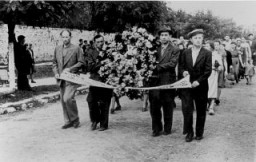
Hermann Göring held many positions of power and leadership within the Nazi state. Learn about key dates in the life of Hermann Göring.
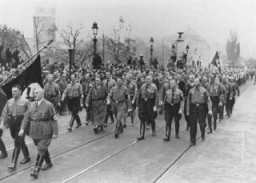
Ravensbrück was the largest concentration camp for women in the German Reich. Learn about the last months of the Ravensbrück camp and the postwar trials of camp staff.
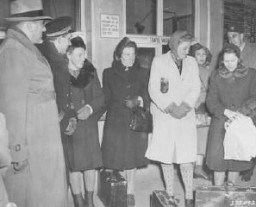
Key dates in the history of the Sachsenhausen camp in the Nazi camp system, from its establishment in 1936 to the postwar trial of camp staff in 1947.
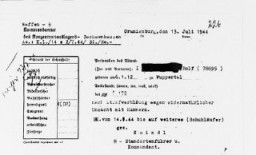
Learn about conditions in the Sachsenhausen concentration camp system and the treatment of prisoners there, including medical experiments and forced labor.
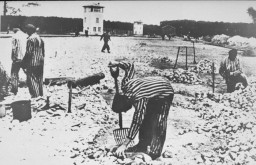
Learn about the death march of prisoners from the Sachsenhausen camp, liberation of the remaining prisoners, and postwar trials of camp staff.

Explore a timeline of the history of the Flossenbürg camp in the Nazi camp system from its establishment in 1938 until liberation in 1945.
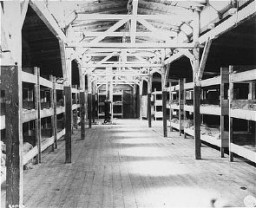
Learn about the sections of the Bergen-Belsen camp complex during WWII and the Holocaust until the camp's liberation by British forces in April 1945.
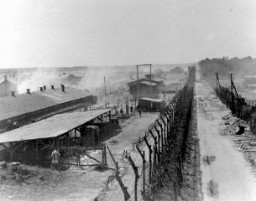
Nicholas Winton organized a rescue operation that brought hundreds of children, mostly Jewish, from Czechoslovakia to safety in Great Britain before the outbreak of WWII.

On December 17, 1944, one day after the beginning of the Battle of the Bulge, a Waffen SS unit captured and murdered 84 US soldiers. This atrocity is known as the “Malmedy Massacre.”
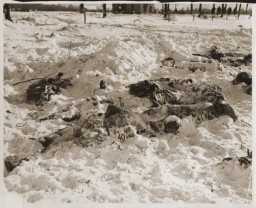
When WWII began, most Americans wanted the US to stay isolated from the war. From December 1941, the majority rallied in support of intervention to defeat the Axis powers.
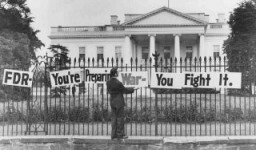
In 1946-48, the British government intercepted tens of thousands of Holocaust survivors seeking to reach Palestine and held them in detention camps on Cyprus.
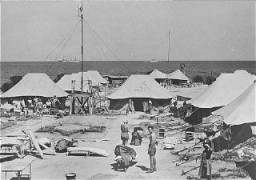
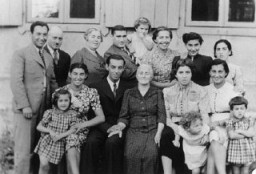
Learn more about the forcible relocation of some 120,000 people of Japanese descent living in the US to “relocation centers.”
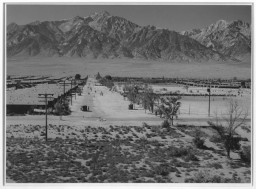
US radio and TV journalist Edward R. Murrow reported live from London during the Blitz; he also broadcast the first eyewitness account of the liberation of Buchenwald.
Learn about US journalists, including Edward Murrow, William Shirer, and Dorothy Thompson, and their impact during the Nazi rise to power and WWII .
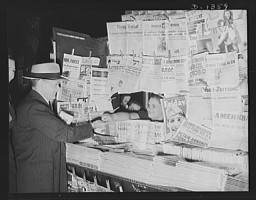
American journalist, foreign correspondent, author, and pioneer radio broadcaster William L. Shirer was one of the key observers and chroniclers of the Nazi regime.
Many German businesses were involved in the policies of the Third Reich. Learn about Topf and Sons, which sold ovens to the SS for major concentration camps in Germany.
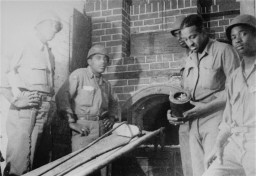
We would like to thank Crown Family Philanthropies, Abe and Ida Cooper Foundation, the Claims Conference, EVZ, and BMF for supporting the ongoing work to create content and resources for the Holocaust Encyclopedia. View the list of donor acknowledgement.